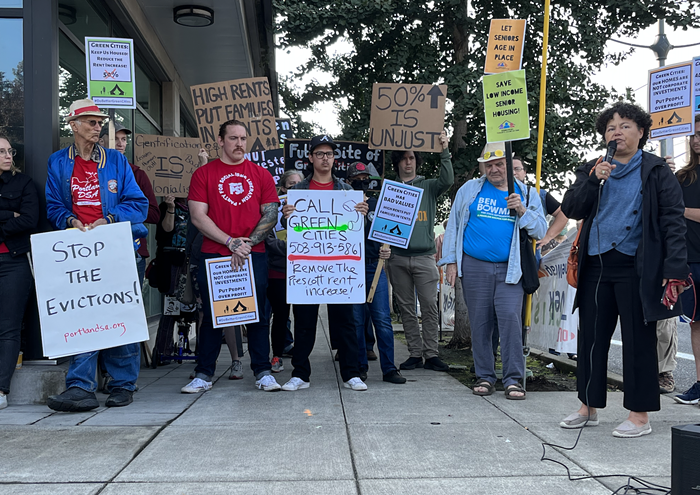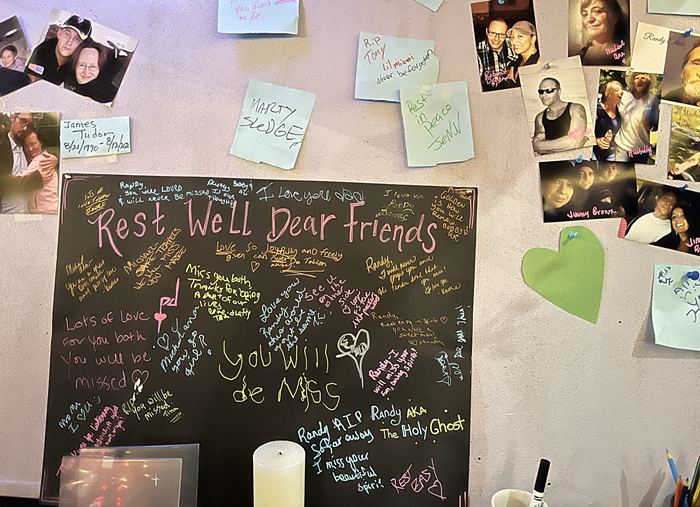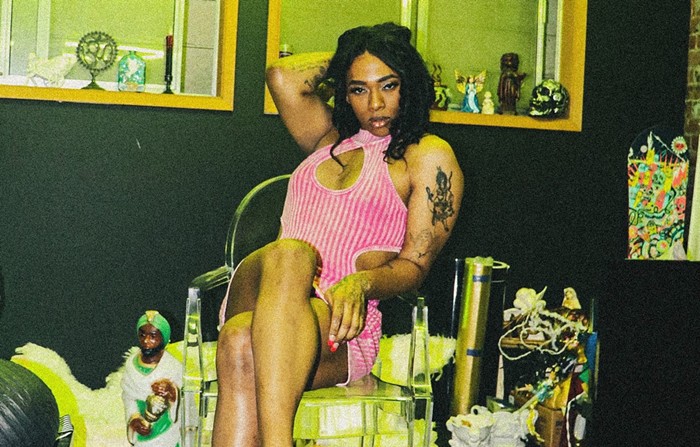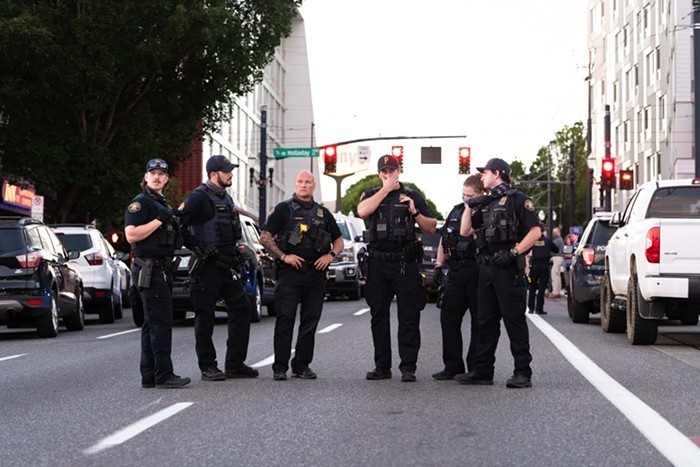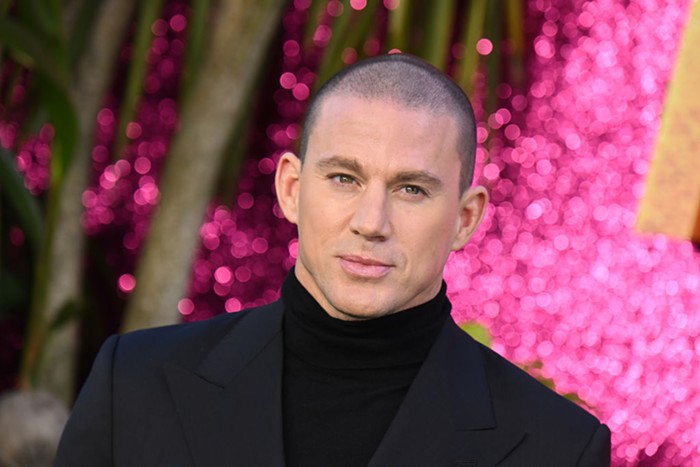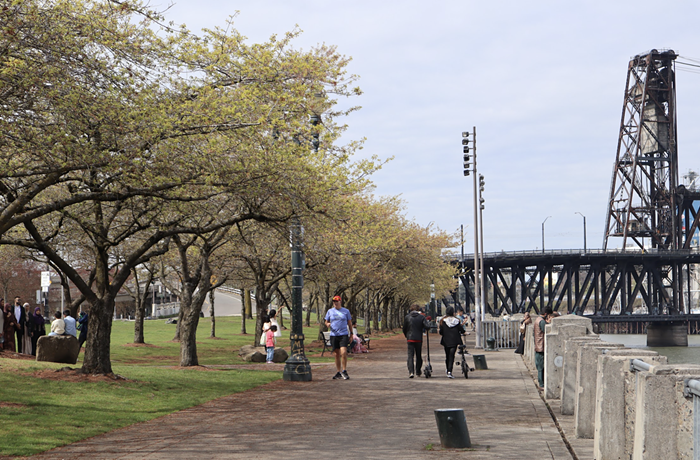
- Physical Education
- Keyon Gaskin's in the upper left square.
Saturday's release party at PICA for Lynne Tillman's Weird Fucks (New Herring Press) was four hours long, which on paper seems like a terrible idea. Who wants to sit through a four-hour reading of, you know, anything? In practice, though, it worked incredibly well—Tillman's reading was fantastic (no surprise there), and there were also standout performances from Stacey Tran (found text, plus video isolating the weird pseudo-scientific moving diagrams in makeup commercials), and Donal Mosher (gorgeously simple video paired with complex, probing text about the experiences that follow an HIV diagnosis).
And then there was Keyon Gaskin's performance. I'd like to preface my description of Gaskin's performance by saying that any description of his performance will do an inevitable disservice to it. It is difficult to effectively convey much about performance art in writing, in part because performance art is time-based, confined to a moment. And if you weren't there, you weren't there, and there is nothing any reviewer can do that will change that fact.
Still, I'm going to try, because Gaskin's performance was one of the best I've seen in recent memory, and an embodiment of what performance art looks like when it's working the way it should. If you aren't familiar with Gaskin's work, it combines elements of dance, performance, and drag, and deals with race and identity. He's a member of the Physical Education collective (more on them here), and a mainstay of Portland's performance scene. On Saturday, he started off his performance by walking around the room, fidgeting, and describing what he was about to do, then gathering everyone into a closed-off area away from the relative safety and comfort of our chairs. He played Lil Wayne's "She Will" over PICA's speakers and moved through the audience aggressively, pulling items from his backpack and lip-synching with some affections inspired by drag, others by hiphop. Gaskin handcuffed himself to an iron skillet ("for your safety"), and stuffed dice into his mouth to (what looked like) the point of choking, and danced so frenetically, he'd cross the line between dance and durational practice in a single moment.
A skillet. Dice. Choking. A black hoodie. Handcuffs. A hiphop song whose droning opening sounds almost like a dirge.
These are potent, racially charged images and sounds, and they gave Gaskin's performance a sense of power and meaning as a meditation on race, identity, and violence. The performance ended with a grim incantation, prolonged eye contact, and real tears—both Gaskin's and his audience's. When people ask what performance art is supposed to do, this is it. In the space of a few minutes, Gaskin had filled the room with real emotion that was impossibly expansive, collective even. It's not often that you see an audience so profoundly affected by what they've just witnessed. I was grateful to have been in the room when it happened.
